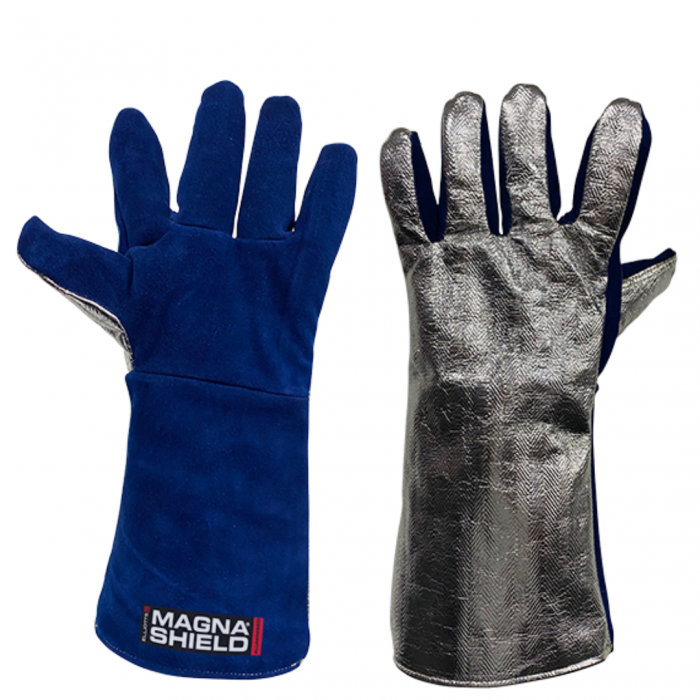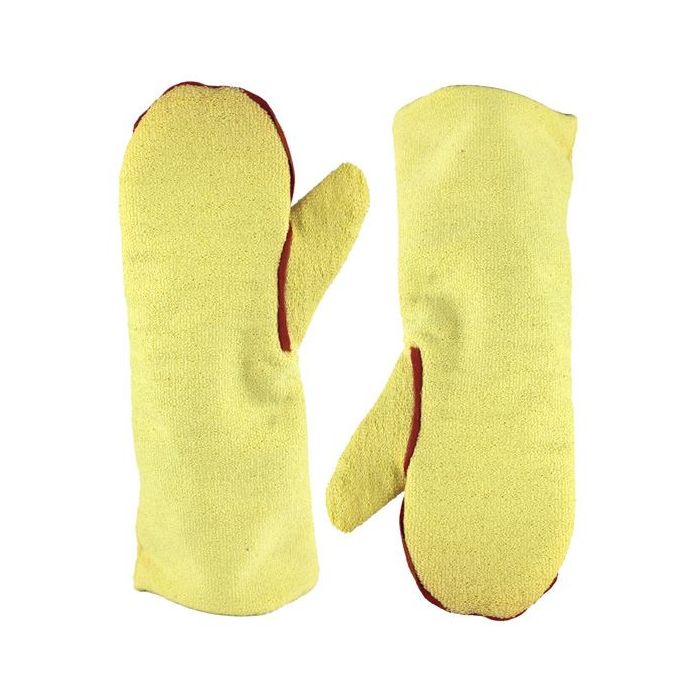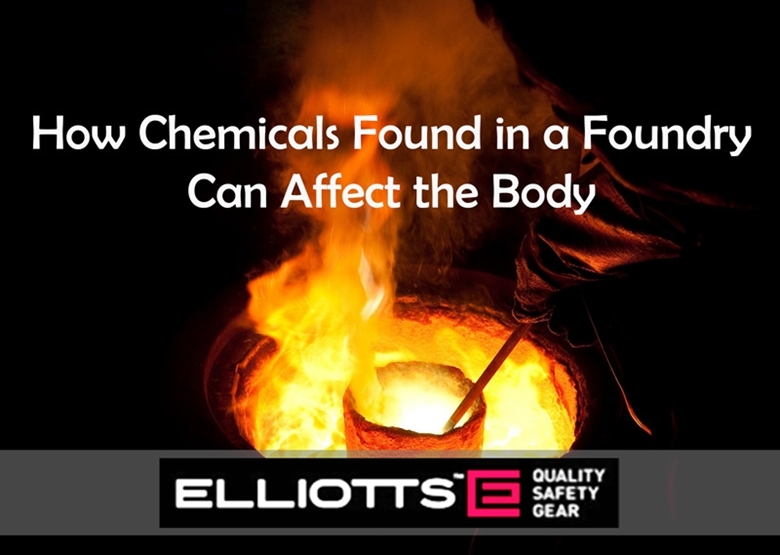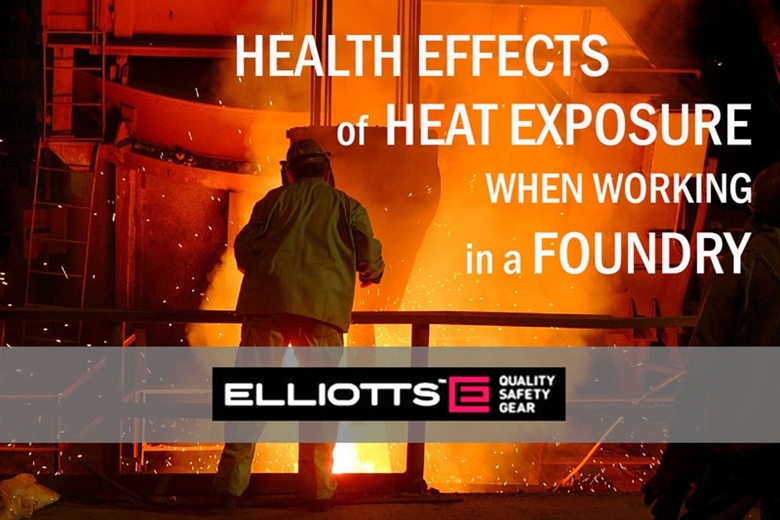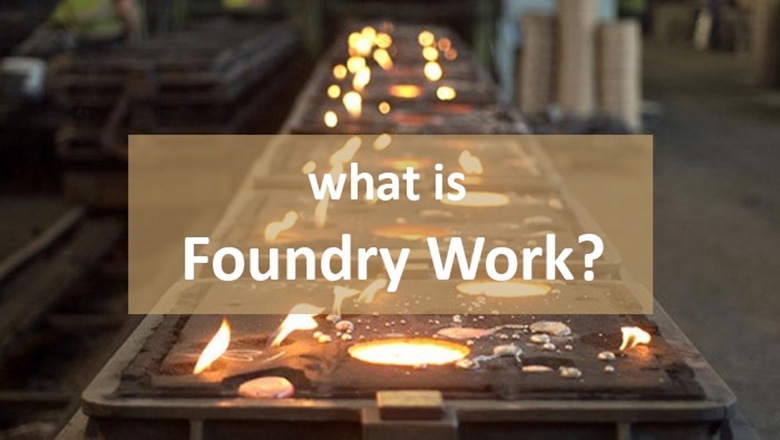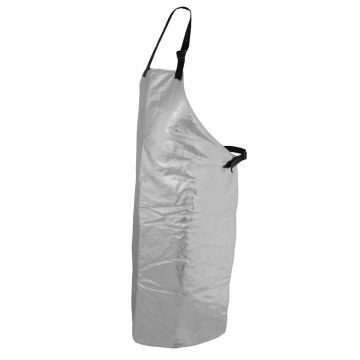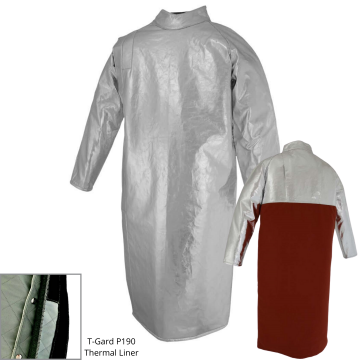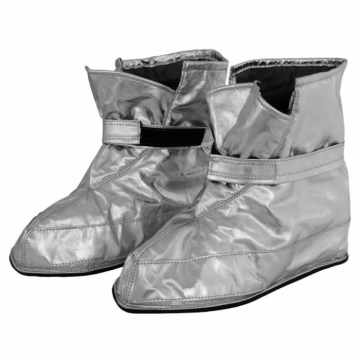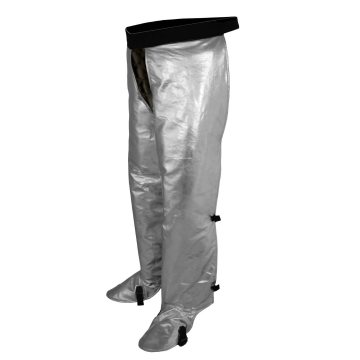Understanding Heat Hazards in a Foundry: Key Considerations for PPE Selection

Foundries are environments where workers are regularly exposed to high temperatures and various heat hazards. Understanding the primary types of heat transfer—convection, conduction, and radiation—is crucial for selecting appropriate personal protective equipment (PPE) to ensure worker safety.
1. Convection: Heat Transfer Through Fluids
Convection is the transfer of heat through a fluid, which can be either a liquid or a gas. This process involves the movement of molecules within the fluid, transferring heat from one area to another.
Examples:
• Ice melting in water, where the heat from the water is transferred to the ice, causing it to melt.
• Heat rising over a fire, where hot air circulates upwards due to its lower density compared to the cooler surrounding air.
PPE Considerations:
• To protect against convective heat, consider gear that provides insulation and is breathable.
For convective heat, consider heat-resistant material made from aluminised fabrics, and multi-layer garments. At Elliotts we offer three weights of aluminised fabrics as standard. We also offer our furnace clothing range in both lined and unlined to meet your heat requirements.
As for gloves, Elliotts offers 3 different styles of aluminised backed gloves, all of which are fully lined with T-Gard N260, an inherently flame resistant aramid.
For face shields, consider an aluminised hood, Elliotts hood come complete with our Gold Visor, which is a 1.5mm polycarbonate clear visor with a thin film of 24ct gold. This visor is field tested up to 1400°C.
2. Conduction: Heat Transfer Through Direct Contact
Conduction is the transfer of heat through direct contact between materials. It occurs when kinetic energy passes from particle to particle in adjacent substances.
Examples:
• A pot of water heating on a stove, where the heat from the burner is conducted through the pot to the water.
• Touching a hot metal surface, where heat transfers from the metal to the skin.
PPE Considerations:
• For conductive heat hazards, PPE should provide a barrier between the skin and the hot surface.
Consider heat-resistant materials such as para-aramids or leather with multiple layers to slow the transfer of heat. At Elliotts, we offer several non aluminised materials, such as WeldWool and Proban. In our gloves, we offer a large variety of para-aramid gloves and mitts all fully lined with T-Gard N260, an inherently flame-resistant aramid.
3. Radiation: Heat Transfer Through Electromagnetic Waves
Radiation is the transfer of heat through electromagnetic waves. Unlike convection and conduction, it does not require a medium and can occur through a vacuum.
Examples:
• The warmth felt from sitting near a campfire.
• Heat radiating from molten metal or hot surfaces in a foundry (when opening an oven door).
PPE Considerations:
• To guard against radiant heat, PPE should reflect or absorb the radiation effectively.
Much like convective heat, for radiant hear, consider heat-resistant material made from aluminised fabrics. At Elliotts we offer three weights of aluminised fabrics as standard. We also offer our range is both lined and unlined to meet your heat requirements.
Aluminised gloves would be the choice for radiant heat, as an effective reflective heat option.
For face shields, consider our Gold Visor Kit. It comes complete with with a hardhat, bracket and the ELLGARD Gold Visor, which is a 1.5mm polycarbonate clear visor with a thin film of 24ct gold. This visor is field tested up to 1400°C.
Selecting PPE for foundry workers requires a thorough understanding of the types of heat hazards present. By identifying whether convection, conduction, or radiation is the primary concern, you can choose the right protective gear to ensure safety and comfort for workers in high-temperature environments.
Customising and modifying garments is a specialty of Elliotts. In many foundry environments, customised or modified garments are a necessity. We can provide sample materials if required for you to conduct your own tests to ensure the fabric or combination of fabrics will perform to your requirements. Our design and development team can then provide a bespoke or custom-designed garment to meet your specific requirements. We will work closely with you to add features to our standard designs or to create a completely new design that meets your specific requirements.
For over 55 years, Elliotts has been innovating and designing new products to meet the needs of our customers. Contact us at 07 3265 2944 or send us a message to protect you and your workers.

